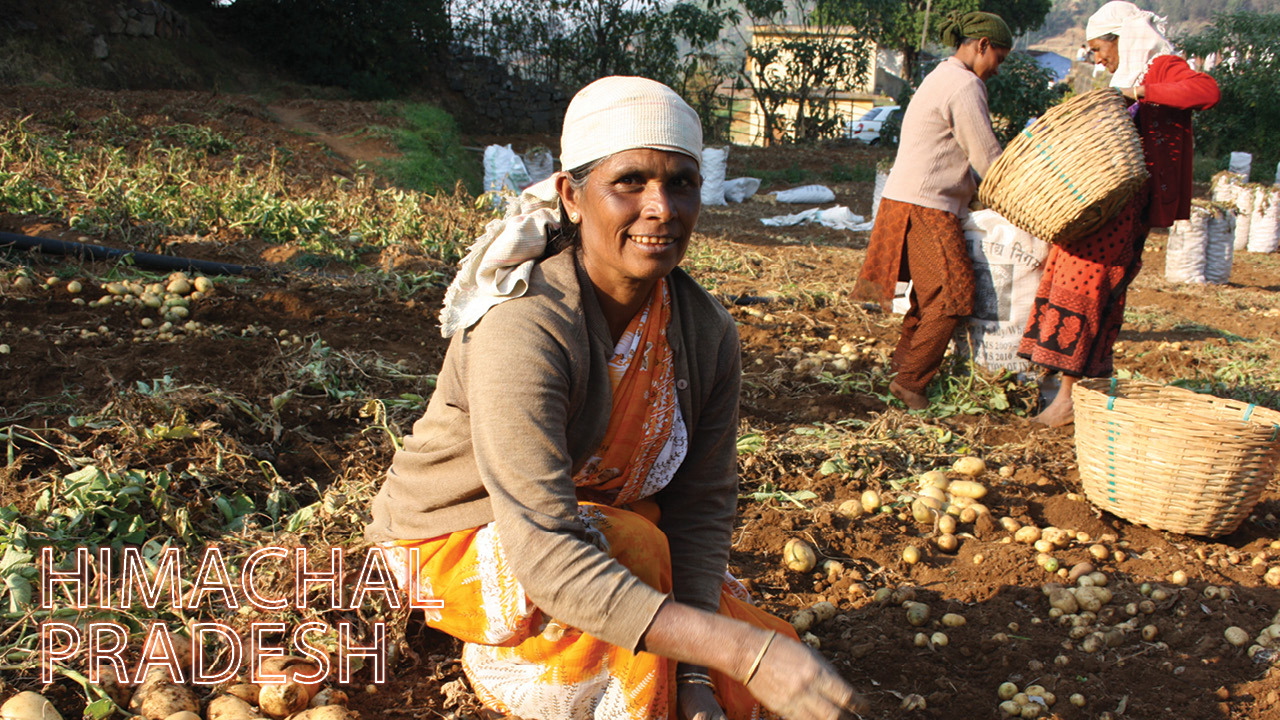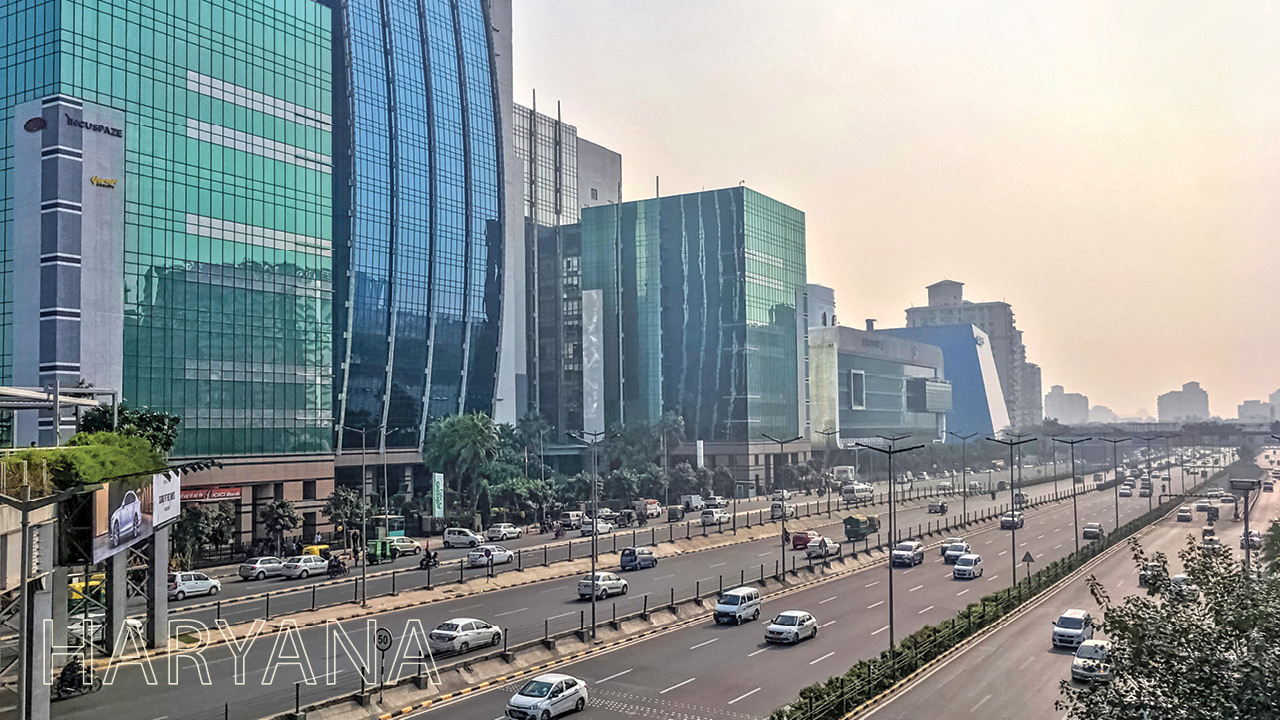Himachal Pradesh ranks #9 in the SKOCH State of Governance Index 2024, placing it among the top 10 states nationally. This marks a notable ascent and reflects the state’s growing institutional depth and policy execution capacity.
With 20 well-performing projects submitted—two of which were classified as highly impactful and nine as impactful—Himachal has emerged as a consistent performer across multiple sectors. While the state may still trail larger governance leaders like Maharashtra and Gujarat in volume, its qualitative focus on essential sectors has helped it secure a high rank.
A granular look at the sectoral spread reveals Himachal’s most significant improvement in the Health sector, where it rose from #9 in 2023 to #5 in 2024. Several impactful initiatives underscore this progress. The Breaking the Silence initiative, providing free cochlear implants and speech therapy, has enabled over 3,180 children with hearing impairment to access timely intervention and structured rehabilitation.
Likewise, the Integrated Rehabilitation Centre for Female Drug Addicts in Kullu offers critical support through detox, counseling, and vocational training, reaching 367 women and 6,000+ community members, addressing substance abuse with a gender-sensitive lens.
The state also made a strong comeback in seven categories: e-Governance, Municipal Governance, Animal Husbandry & Fisheries, District Governance, Environment, Police & Safety, and Skill Development. It is particularly notable that Himachal ranked #2 nationally in both e-Governance and Municipal Governance, signaling a robust digital and urban governance architecture.
The Animesh Netram project, launched in Lahaul and Spiti, deploys CCTV, ANPR, drones, and e-office tools for public safety and administration, ranking 4th nationally in e-office implementation. Simultaneously, the Litigation Monitoring System (LMS) modernises legal tracking through real-time dashboards and court integration, reducing delays and paper usage.
Urban sustainability is reflected in two waste management projects. The Waste to Energy (W2E) project in Shimla powers 5,000 households using RDF-based gasification and eliminates illegal dumping. Meanwhile, the Waste Management and Sanitation Project in Dharamshala achieved 100% door-to-door collection across 17 wards with support from 250 Safai Sathis, promoting segregation, biogas use, and recovery-based sanitation models.
Himachal also entered the top 10 nationally in two sectors where it participated for the first time: Revenue (#4) and Horticulture (#6), indicating policy expansion into new administrative areas. In Revenue, the E-Governance System for Excise Function (HPEMS) stands out, employing 2D barcodes, Aadhaar-based e-signatures, CCTV Surveillance, and mobile apps for real-time stock traceability and revenue protection.
In Horticulture and related sustainability domains, the Promotion of EVs and Charging Infrastructure project showcases green mobility solutions through e-taxi subsidies, charging stations, and private sector partnerships—positioning Himachal as a leader in climate-resilient development.
Further strengthening the state’s gender equity and legal enforcement credentials is the Daughter’s Empowerment Initiative (DaEI) in Mandi district. The project integrates strict PCPNDT Act enforcement, community events, and scholarship support. Targeted campaigns led to a rise in the 0–6 years gender ratio from 943 (2022) to 947 (2023)—a notable reversal in gender bias at birth.
Public safety has been further advanced through Cy Station 1, a 24/7 cybercrime data center launched by the state police. It has reduced financial fraud losses through real-time complaint handling and rapid fund-freezing via the National Cybercrime Reporting Portal, while conducting cyber safety awareness sessions with over 1,000 stakeholders.
Finally, Himachal’s emphasis on correctional reform and tech integration is reflected in the Modernising Rehabilitation by Technology in Prisons System, which has enabled 11,813 virtual family meetings, digitised inmate records, and integrated telemedicine, digital finance, and AI-enabled surveillance, offering a replicable model for humane and secure incarceration.

Despite this momentum, Himachal Pradesh underperforms in several key SKOCH indices. In the SKOCH State of e-Government Infrastructure Index, it ranks 10th nationally, suggesting that while policy ambition is high, digital infrastructure and transactional density may lag behind peers like Haryana, Mizoram, or Punjab.
For instance, its normalised score for e-transactions per 100 population remains modest, and the state performs below the national average in service delivery volumes per capita. This disconnect between policy focus and infrastructure readiness is a critical area for policy attention.
On the SKOCH State of Financial Prudence Index, Himachal Pradesh fares poorly—ranking at the bottom among large states. The state’s fiscal profile is marked by high debt-to-GSDP ratio (45.2%) and low own-tax revenue. Despite its efforts in targeted social delivery and capital expenditure, fiscal sustainability remains fragile. This hampers its capacity to scale development projects.
Compared with neighboring states like Uttarakhand or Punjab, Himachal’s revenue-generation efforts require a sharper focus. The state needs to improve tax compliance, broaden its revenue base, and rationalise subsidies to reduce structural deficits. Without such fiscal discipline, the state may face growing constraints in implementing high-impact governance initiatives.
In the SKOCH State of Government Transformation Index, Himachal scores 0.16—placing it in the lower half of the rankings. While this reflects limited pace in structural transformation, especially in terms of digital workflows and inter-departmental coordination, it also underscores the need to scale innovative projects beyond pilot phases. The state has strong individual programmes, but their integration and institutionalisation remain uneven.
On the SKOCH State of Government Efficiency Index—a composite of the State of Governance and Fiscal Index—Himachal stands mid-ranked. This is expected given its strong governance rank (#9) offset by poor fiscal performance. To move into a higher bracket, Himachal needs to enhance its delivery efficiency and leverage public-private partnerships to compensate for fiscal limitations.
Finally, in the SKOCH State of Development Index, which combines performance across governance, finance, and digital infrastructure, Himachal Pradesh scores 0.947. This places it slightly behind states like Telangana, Andhra Pradesh, and West Bengal. Compared to its peer hill states like Uttarakhand and Sikkim, Himachal fares better in governance but worse in digital infrastructure and fiscal prudence. Its development trajectory is promising but vulnerable to budgetary pressures.
To sustain and improve its position in 2025, Himachal Pradesh must focus on increasing the number of well-performing projects—particularly at the district and municipal levels—and ensure that departments submit more Gold and Platinum-rated entries.
This includes building on successes in Police & Safety and Power & Energy, where other states have excelled by scaling operational reforms.
The enhanced focus areas for 2024—Animal Husbandry, e-Governance, Environment, Revenue, and Skill Development—show a diversified and grounded approach to governance reform. Himachal’s project portfolio demonstrates not just administrative depth, but thematic inclusivity and forward-looking digital adaptation.



